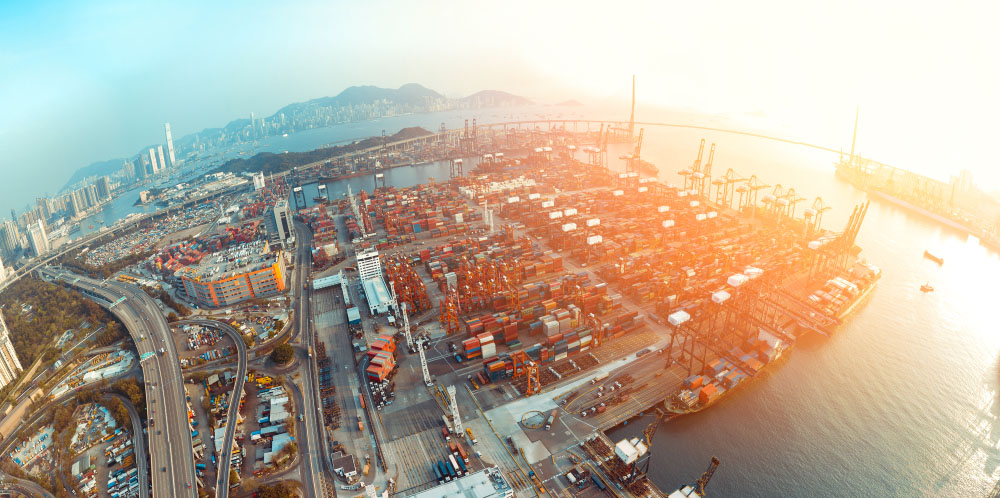Last week, the Congressional Research Service published the COVID-19: China Medical Supply Chains and Broader Trade Issues Report in order “to assess current developments and identify immediate and longer range China trade issues for Congress.”
Specifically, the report focuses on initial shortages of medical supplies, such as pharmaceuticals and personal protective equipment (PPE), due to reduced exports and dependency on China as the global supplier of these essential goods. In February, new Chinese policy then nationalized control over the production and distribution of medical supplies and even secured additional global supply for domestic use, adding to international shortages.
To better understand and address U.S. medical supply chain dependencies, Congress has enacted The Coronavirus Aid, Relief, and Economic Security (CARES) Act, which includes provisions to:
- expand drug shortage reporting requirements;
- require certain drug manufacturers to draw up risk management plans;
- require the U.S. Food and Drug Administration (FDA) to maintain a public list of medical devices that are determined to be in shortage; and
- direct the National Academies of Science, Engineering, and Medicine to conduct a study of pharmaceutical supply chain security.
RECOVERY PROTECTION
The United States has been careful in evaluating China’s changing trade policy as the world’s manufacturing center begins to plan for economic recovery.
After over two years of trade dispute that resulted in long-term retaliatory Section 301 tariffs, the United States and China had finally come to agreement on a Phase One trade deal signed in January 2020. However, a force majeure provision in the deal allows parties to opt out of contractual obligations without legal penalty when developments are beyond their control. China has already been issuing force majeure certifications to domestic industries, such as National Petroleum Company cancellation of liquefied natural gas imports after drop in global demand.
On March 20, China implemented a 9 to 13 percent increase to export value added tax (VAT) rebates on 1,464 products, mostly focusing on steel, chemicals, construction and building material industries.
The United States is evaluating trade action such as this to ensure China does not overwhelm global markets as it leans on exports for economic recovery, and if necessary, impose safeguard measures.
U.S. EXPORT ADVANTAGE
U.S. providers of agriculture, medical supplies, raw materials and industrial components, however, could take advantage of China-U.S. Phase One provisions that have cut tariffs by 50% on duties imposed back in September 2019.
In the agreement, China committed to purchasing at least $200 billion above a 2017 baseline amount of U.S. agriculture ($32 billion), energy ($52.4 billion), manufacturing goods ($77.7 billion), and services ($37.9 billion) between January 1, 2020 and December 31, 2021.
Whether or not either side will uphold to their commitments cannot be determined until economic models are more concrete, however global supply and demand balance between China and the United States will be a critical factor on the road to recovery.
FULL REPORT – COVID-19: CHINA MEDICAL SUPPLY CHAINS AND BROADER TRADE ISSUES
Congressional Research Service (CRS) is Congress’ think tank, and its reports are relied upon by academics, businesses, judges, policy advocates, students, librarians, journalists, and policymakers for accurate and timely analysis of important policy issues. The reports are not classified and do not contain individualized advice to any specific member of Congress.
EveryCRSReport.com is a project of Demand Progress in collaboration with the Congressional Data Coalition — a bipartisan coalition founded by Demand Progress and the R Street Institute to promote open legislative information.
As Green continues to monitor the situation, stay up-to-date on freight news by following us on Facebook, Twitter, and LinkedIn. For continuous updates, make sure to check out our website at greenworldwide.com.






